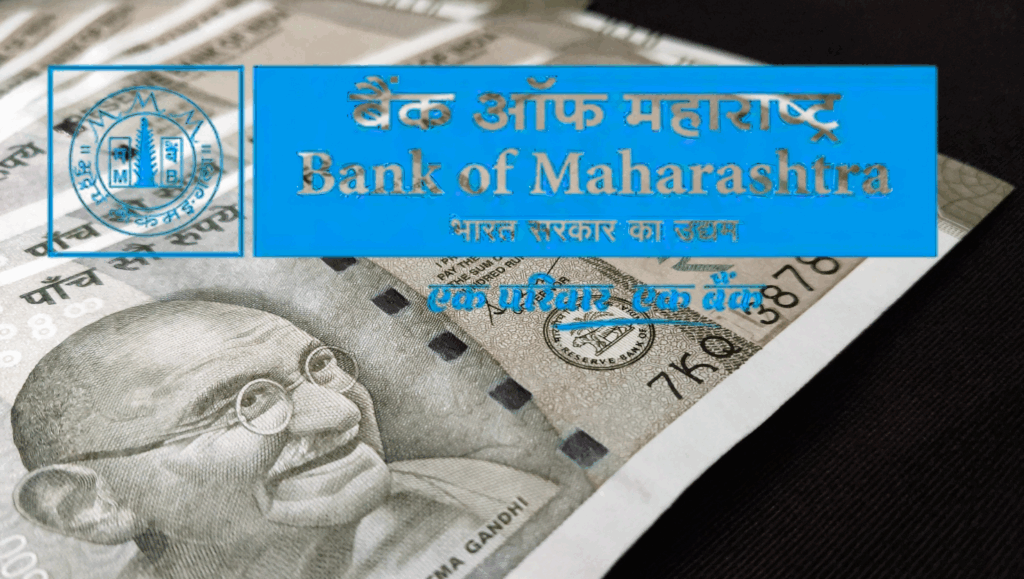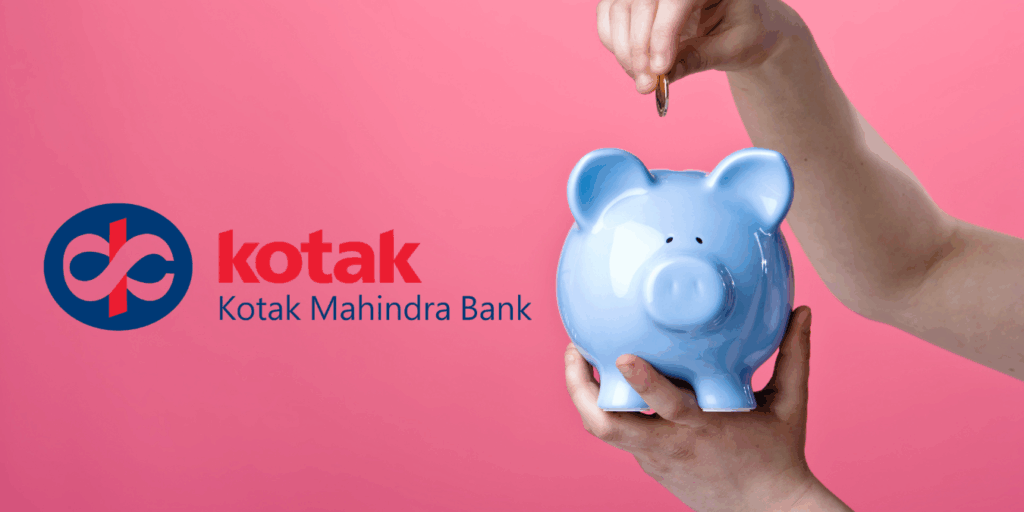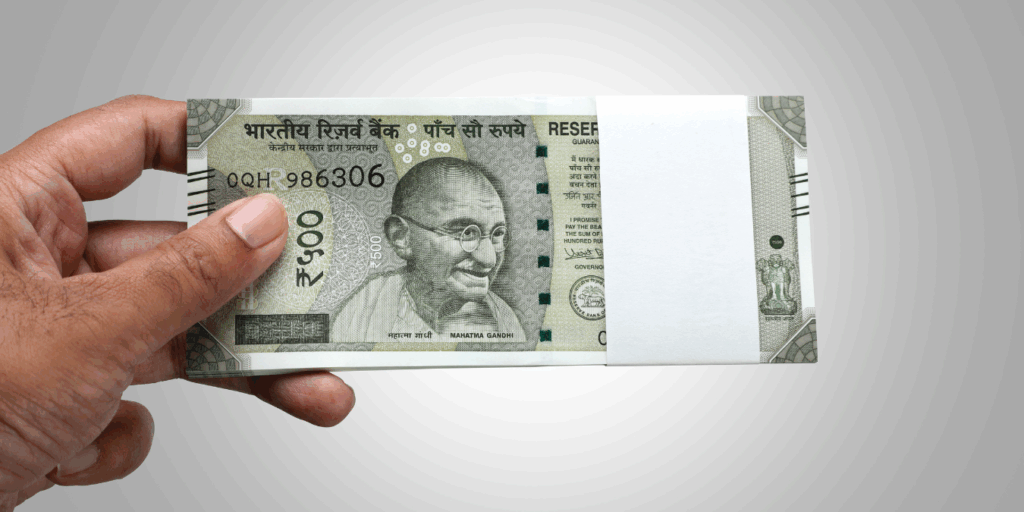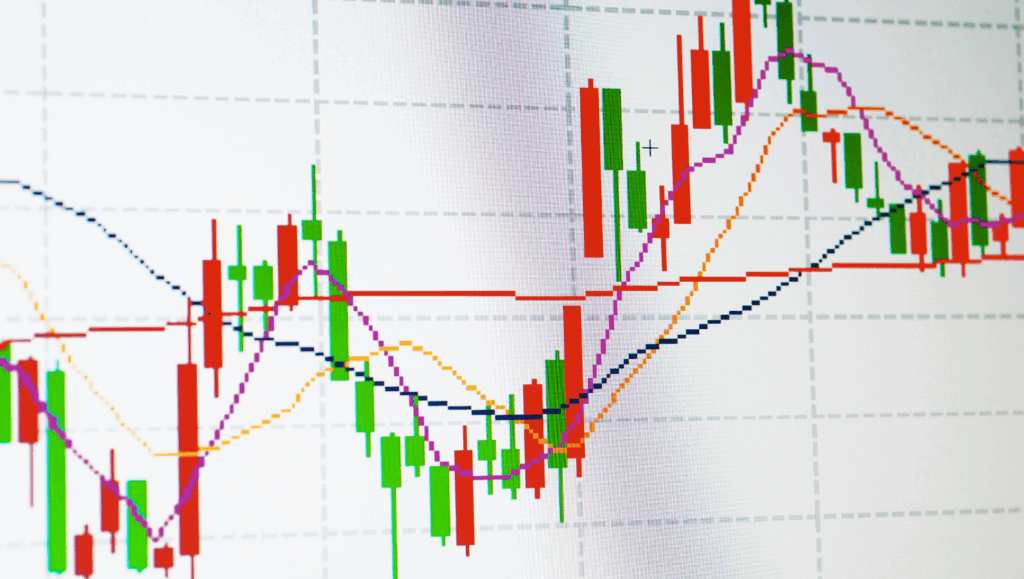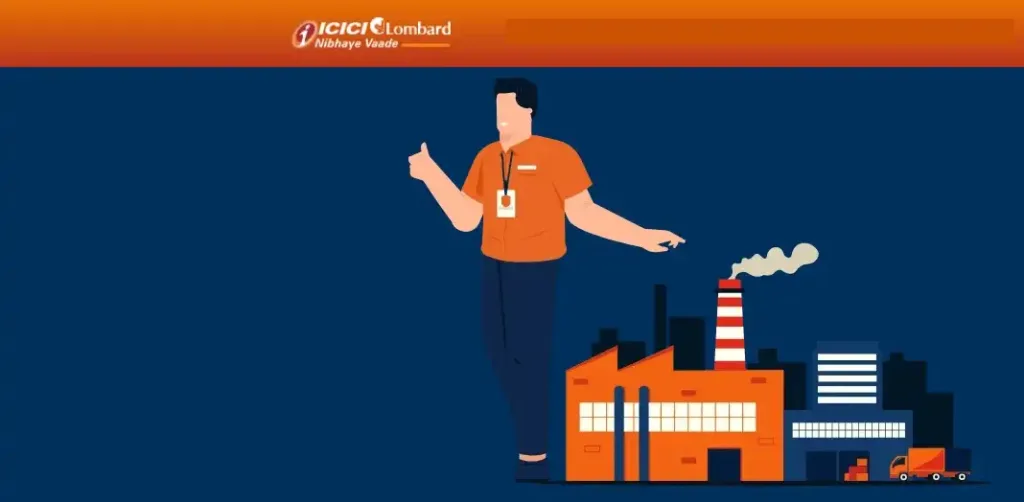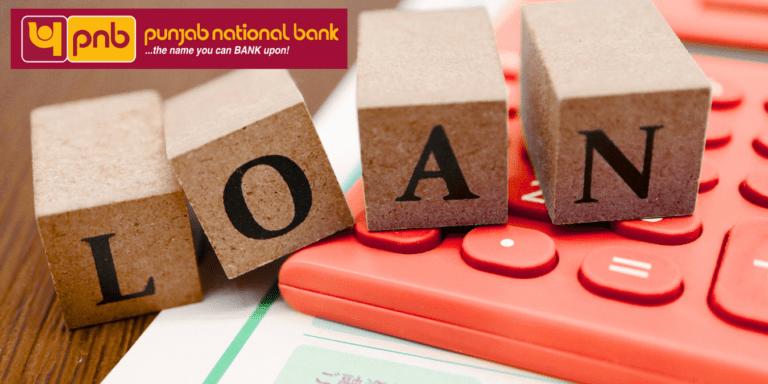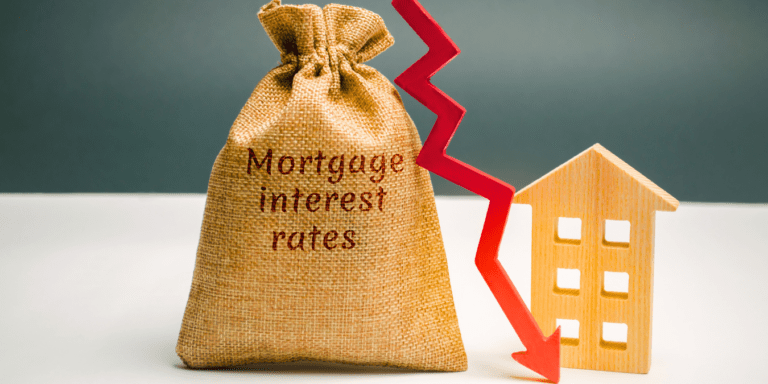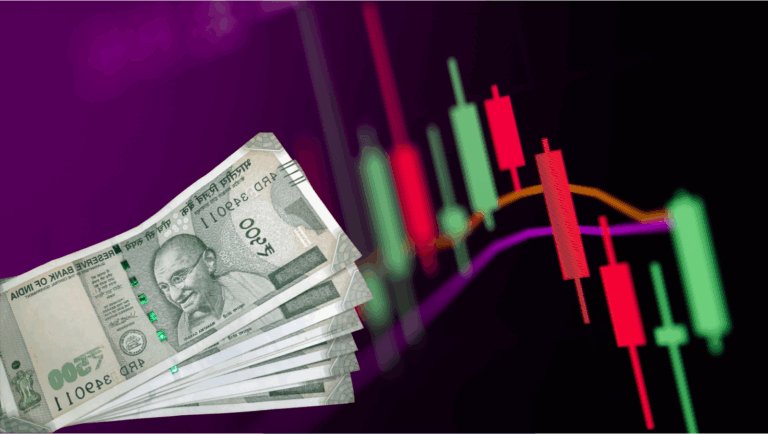
“The advantages of recurring deposits (RDs) in India—a safe, low-risk investment with guaranteed returns. Learn RD benefits, interest rates, tax implications, and how it compares to FDs & mutual funds. Is an RD right for you? Read this 2024 guide for expert insights!”
Financial planning has become more critical than ever. With rising inflation, unpredictable market conditions, and increasing living costs, finding a safe and reliable investment option is a top priority for many Indians. Among the plethora of investment tools available, a recurring deposit (RD) stands out as a popular choice, especially for salaried individuals and risk-averse investors. But what makes recurring deposits so appealing? What are the advantages of investing in a recurring deposit in India, and is it truly a secure investment option? In this comprehensive blog post, we’ll dive deep into the benefits of RDs, explore the latest data and address whether it’s a safe bet for your hard-earned money.
What Is a Recurring Deposit (RD)?
Before we explore the advantages, let’s understand what a recurring deposit is. A recurring deposit is a financial instrument offered by banks, non-banking financial companies (NBFCs), and the India Post, allowing individuals to deposit a fixed amount every month for a predefined tenure. The tenure typically ranges from 6 months to 10 years, and the deposited amount earns interest, which is compounded quarterly. At the end of the tenure, you receive the principal along with the accrued interest, making it an excellent tool for disciplined savings.
RDs are particularly appealing to those who don’t have a lump sum to invest upfront (like in a fixed deposit) but want to save regularly and earn guaranteed returns. Now, let’s break down why investing in a recurring deposit in India is a smart move.
Advantages of Investing in a Recurring Deposit in India
1. Guaranteed Returns with Zero Market Risk
One of the standout advantages of recurring deposits is the assurance of fixed returns. Unlike mutual funds or stocks, which are subject to market volatility, RDs offer a predetermined interest rate that remains unaffected by economic fluctuations.RD interest rates in India typically range between 5% and 8.5% per annum, depending on the bank and tenure. For instance, major banks like State Bank of India (SBI), HDFC Bank, and ICICI Bank offer competitive rates, while India Post provides RDs at around 6.7% p.a. for a 5-year tenure.
This stability makes RDs an ideal choice for conservative investors who prioritize capital safety over high-risk, high-reward options. Whether you’re saving for a child’s education, a dream vacation, or a down payment on a house, RDs ensure your money grows steadily without surprises.
2. Encourages Disciplined Savings
For many Indians, saving consistently can be a challenge due to fluctuating expenses and lifestyle demands. RDs solve this problem by enforcing a disciplined savings habit. When you open an RD account, you commit to depositing a fixed amount every month—starting as low as ₹100 with some banks like Ujjivan Small Finance Bank. This regular investment builds a corpus over time, making it perfect for salaried professionals or anyone with a steady income.
For example, if you invest ₹5,000 monthly in an RD at 7% interest for 3 years, you’d accumulate approximately ₹1,97,000, including interest. This disciplined approach ensures you don’t spend impulsively and helps you achieve short- or long-term financial goals.
3. Flexible Tenure Options
Another key benefit of recurring deposits is their flexibility in tenure. You can choose a term that aligns with your financial goals, ranging from 6 months to 10 years. This adaptability makes RDs suitable for both short-term needs (like buying a gadget) and long-term plans (like funding a wedding). Banks like Axis Bank and Federal Bank even offer customizable RD plans to match your timeline.
For instance, if you’re planning a vacation in 18 months, you can opt for an 18-month RD tenure and calculate your savings using an RD calculator (available on most bank websites). This flexibility ensures you’re not locked into a rigid investment horizon.
4. Low Entry Barrier
Unlike fixed deposits (FDs) or mutual funds that may require a significant upfront investment, RDs have a low entry barrier. You can start with as little as ₹50 to ₹500, depending on the bank or institution. This makes RDs accessible to everyone—students, homemakers, retirees, and young professionals alike.
For example, Bank of Baroda allows RDs starting at ₹100 per month, while Post Office RDs begin at ₹100 with a minimum tenure of 5 years. This affordability ensures that even small savers can participate and grow their wealth over time.
5. Higher Interest Rates Than Savings Accounts
While a regular savings account offers interest rates between 2.5% and 4% p.a. RDs provide significantly higher returns—often comparable to fixed deposits. For instance, Kotak Mahindra Bank offers RD rates up to 7.5% p.a., and senior citizens can enjoy an additional 0.25% to 0.75% on top of regular rates. This makes RDs a lucrative option for risk-averse investors seeking better returns without market exposure.
The interest is compounded quarterly, meaning your money grows faster than in a savings account. For a 5-year RD of ₹1,000 monthly at 7%, you’d earn around ₹13,000 in interest—a stark contrast to the ₹3,000–₹4,000 from a savings account over the same period.
6. Loan Facility Against RD
Need funds in an emergency but don’t want to break your RD? Many banks offer a loan against RD facility, allowing you to borrow up to 90%–95% of your RD balance. The interest rate on such loans is typically lower than personal loans (around 1%–2% above the RD rate), making it a cost-effective option.
For example, if you’ve deposited ₹1 lakh in an RD with HDFC Bank, you could borrow up to ₹90,000 without disrupting your investment. This feature adds a layer of liquidity and flexibility, enhancing the appeal of RDs.
7. Special Benefits for Senior Citizens
Senior citizens in India enjoy additional perks with RDs. Most banks and the Post Office offer higher interest rates—typically 0.5% more than regular rates. As of April 2025, SBI provides senior citizens RD rates up to 7.8% p.a., while India Post offers 7.2% p.a. for a 5-year RD. Additionally, under Section 80TTB of the Income Tax Act, seniors can claim a deduction of up to ₹50,000 on interest earned from deposits, including RDs.
This makes RDs an attractive option for retirees looking to secure a steady income stream with minimal risk.
8. Ease of Investment with Digital Access
Investing in an RD has never been easier, thanks to digital banking. Most banks, including ICICI Bank, Axis Bank, and Bank of Baroda, allow you to open and manage RD accounts online via net banking or mobile apps. You can set up standing instructions to auto-debit the monthly amount from your savings account, ensuring seamless investments without manual intervention.
This convenience eliminates the need for branch visits, making RDs a hassle-free option for tech-savvy investors.
9. Ideal for Short-Term Financial Goals
If you’re planning for goals within 1–5 years—like a wedding, home renovation, or a child’s education—RDs are a perfect fit. Their predictable returns and short-to-medium tenure options ensure you meet your targets without relying on volatile markets. For instance, investing ₹10,000 monthly at 6.5% for 2 years yields around ₹2,54,000, providing a reliable corpus for your plans.
Is a Recurring Deposit a Secure Investment Option?
Now that we’ve covered the advantages of recurring deposits, let’s address the big question: Is it secure? The answer is a resounding yes, and here’s why:
1. Regulated by RBI and DICGC Insurance
Recurring deposits offered by banks in India are regulated by the Reserve Bank of India (RBI), ensuring strict compliance with safety standards. Additionally, the Deposit Insurance and Credit Guarantee Corporation (DICGC) insures deposits up to ₹5 lakh per depositor per bank. This means that even if a bank faces financial distress, your RD investment (up to ₹5 lakh) is protected.
For example, if you’ve invested ₹3 lakh in an RD with Punjab National Bank and the bank defaults, your entire amount is safeguarded by DICGC insurance.
2. No Market-Linked Risks
Unlike equity mutual funds or stocks, RDs are not tied to market performance. The fixed interest rate ensures your returns are predictable, making it a risk-free investment. This stability is a major reason why RDs are considered one of the safest options in India, especially for conservative investors.
3. Trusted Institutions
RDs are offered by reputable institutions like SBI, HDFC Bank, Post Office, and NBFCs registered with the RBI. These entities have a long-standing track record of reliability, further enhancing the security of your investment.
Limitations to Consider
While RDs are secure, they do have some drawbacks:
- Limited Liquidity: Premature withdrawals often incur penalties, and partial withdrawals aren’t allowed.
- Taxable Interest: Interest earned is taxable as per your income tax slab, with TDS applicable if it exceeds ₹40,000 (₹50,000 for seniors).
- Lower Returns: Compared to equity-based investments, RD returns are modest and may not beat inflation over the long term.
Despite these limitations, the safety and reliability of RDs outweigh the cons for risk-averse savers.
Should You Invest in a Recurring Deposit?
Investing in a recurring deposit in India offers a host of advantages—guaranteed returns, disciplined savings, flexibility, and higher interest than savings accounts, to name a few. Its security is bolstered by RBI oversight, DICGC insurance, and the absence of market risks, making it one of the safest investment options. Whether you’re a young professional starting your savings journey or a retiree seeking stability, RDs cater to diverse financial needs.
However, if you’re chasing higher returns and can tolerate risk, alternatives like mutual funds or stocks might be worth exploring. For most Indians, though, the peace of mind and reliability of RDs make them a cornerstone of financial planning.
Ready to start? Open an RD account today with your preferred bank or the Post Office, and take the first step toward a secure financial future!
-

The $5,000 Welcome Bill: Why the US Border Just Became a Lifetime Debt Trap for Indians in 2025
-
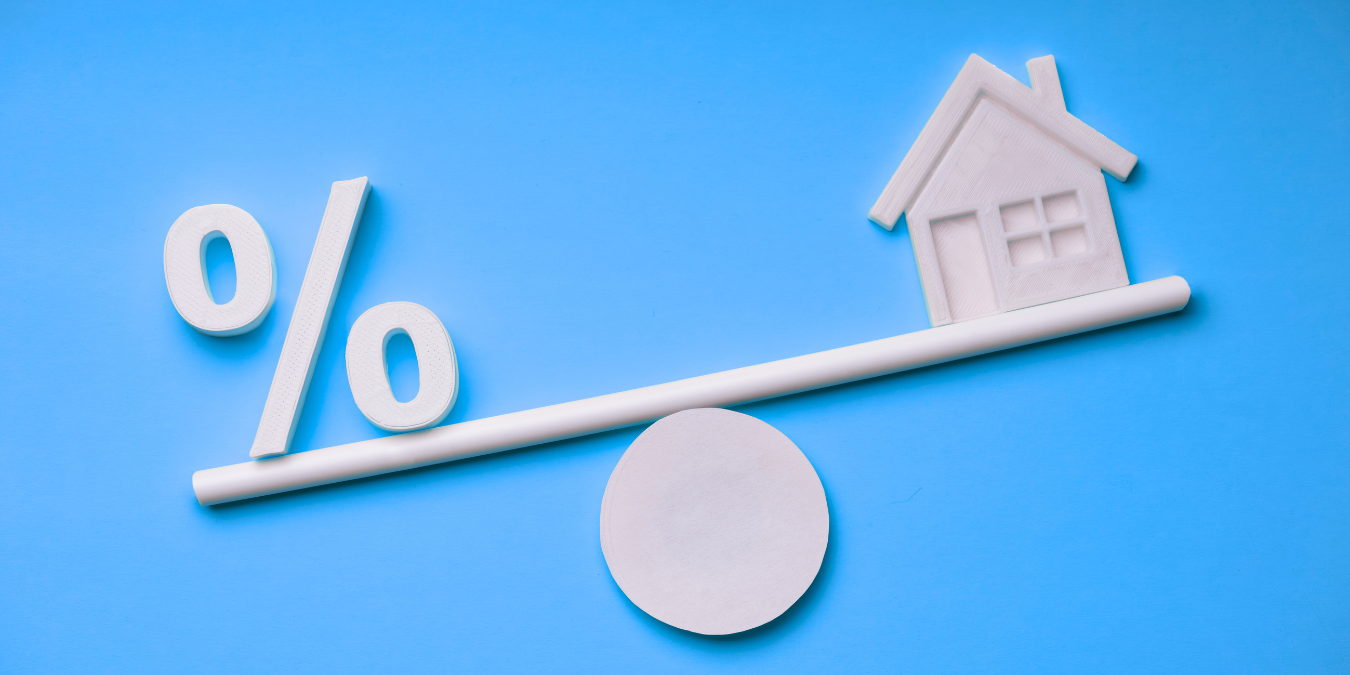
HDFC Bank Just Cut Rates, But Your EMI Won’t Budge: The ‘Ghost Clause’ That Could Cost You Millions in 2025
-

The “American” Baby Trap: Why SCOTUS’s 2025 Review Could Leave Your Child Stateless
-
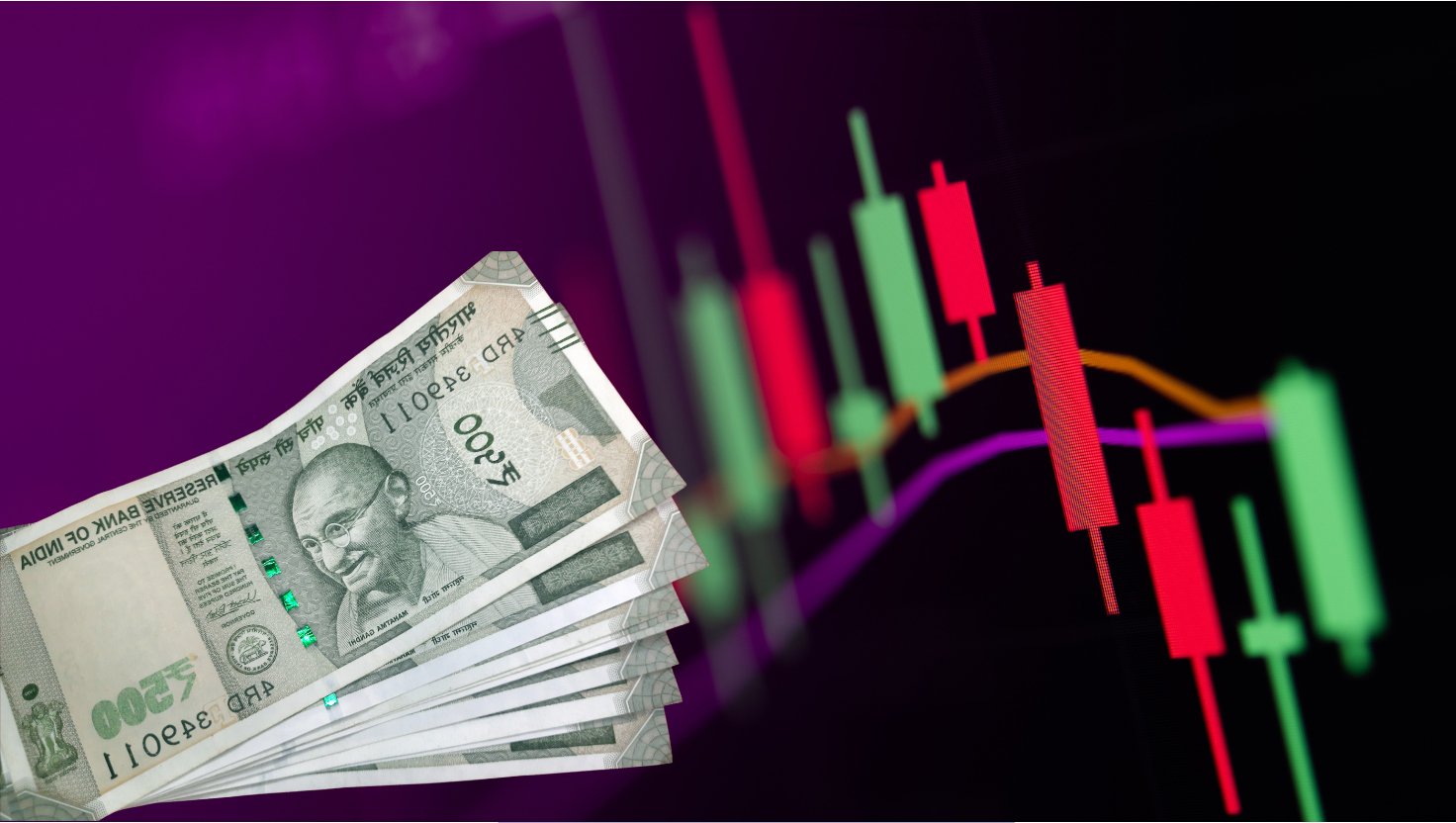
Market Morning Brief: Indian Stock Market Trends & Actionable Insights for Monday, December 08, 2025

